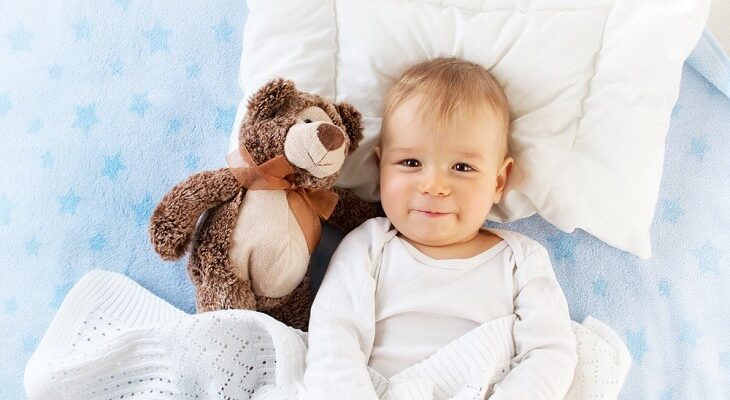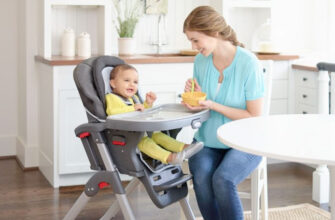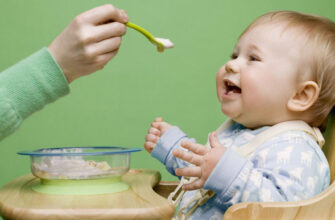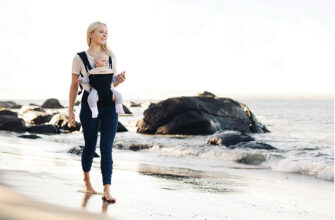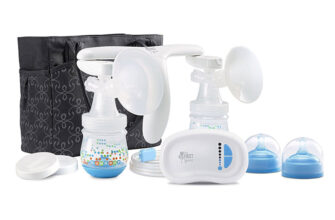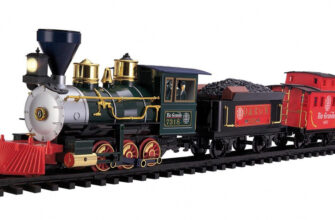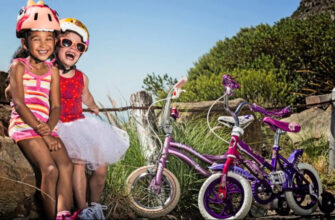Before buying a baby pillow: orthopedic, hypoallergenic, latex and any other, you need to consider a few nuances. Today we will tell you what to look for when buying and how to choose a quality product.
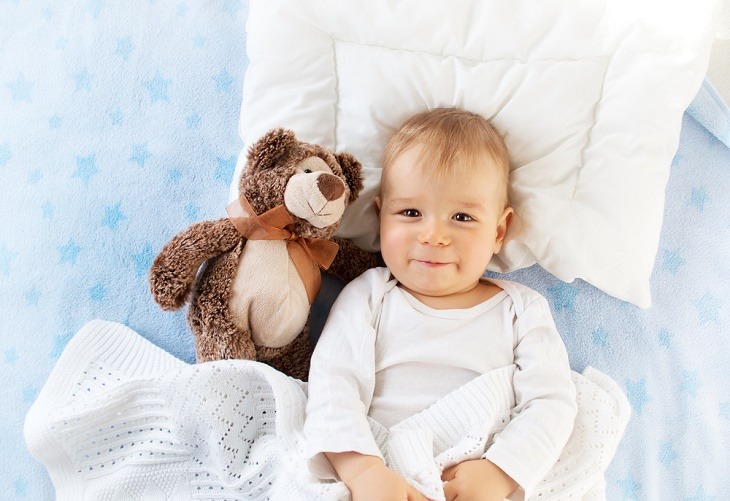
Which manufacturer to choose
High-quality baby pillows should be hypoallergenic, safe, breathable and resilient, and ensure proper body position during sleep. Products of the following brands meet these requirements:
-
Trelax is a Russian manufacturer of orthopedic products for children and adults. Product quality is confirmed by international quality certificates ISO 13485: 2011. Trelax products have successfully passed the independent examination of Rostest Moscow, and the materials used in production meet the requirements of Oeko-tex Standart 100, i.e. they do not contain toxic substances.
-
Ormatek is a domestic manufacturer that produces pillows for children of all ages. For example, the company offers specially designed products for toddlers over 4 years old, children 2–6 years old, and older children 7–15 years old. The products have been tested in independent laboratories and have been found to be safe for humans.
-
Arpico-Latex is a manufacturing company from Sri Lanka. Products for children are sewn from natural latex, which is considered a natural filler for pillows. The company's products are ECO certified, LG A-tested and ABC.
-
Nature’s is a Russian manufacturer of pillows, blankets and mattress toppers that uses natural and environmentally friendly materials in their production. Nature's products are certified and safe.
-
Primavelle is a leader in the production of pillows, blankets and mattresses. The company's products meet the requirements of GOSTs and international standards.
Pillows for children under 2 years old
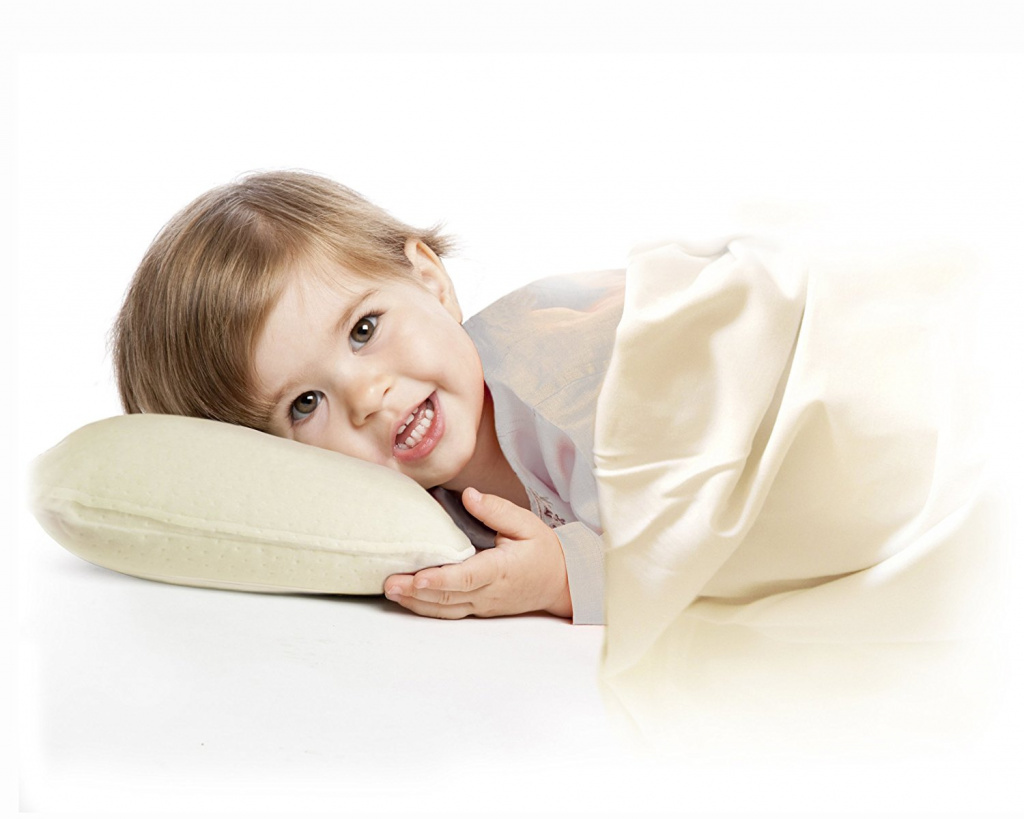
Most pediatricians claim that pillows should be used from 1–2 years of age. The formation of the first bend of the spine (cervical lordosis) in a baby occurs when he begins to raise his head, and at 8-9 months, lumbar lordosis is formed. But even after the formation of these deflections, the spine of the crumbs remains very weak, and an additional effect in the form of a pillow can lead to its curvature. In addition, the baby can roll over, burrow his face in the pillow and suffocate.
Modern manufacturers produce a huge number of orthopedic pillows for the little ones. They claim that their products are safe, healthy, and in general, extremely necessary. But you need to understand that this is a big business. A healthy child under one year old does not need pillows, and only after a year one can think about them.
Orthopedic pillows for the little ones are used if the child has health problems. For example, the popular butterfly pillow is used to treat congenital torticollis, a pathological deformity of the musculoskeletal system in the neck, as well as to prevent deformation of the cervical vertebrae in children with rickets.
Another equally popular positioner pillow keeps your baby in a certain position while he sleeps. It ensures the correct position of the baby on its side, in which the baby does not risk choking during spitting up. This pillow should be used if the baby regurgitates too often.
Before using orthopedic pillows, you need to consult a doctor.
What material should the pillow be made of
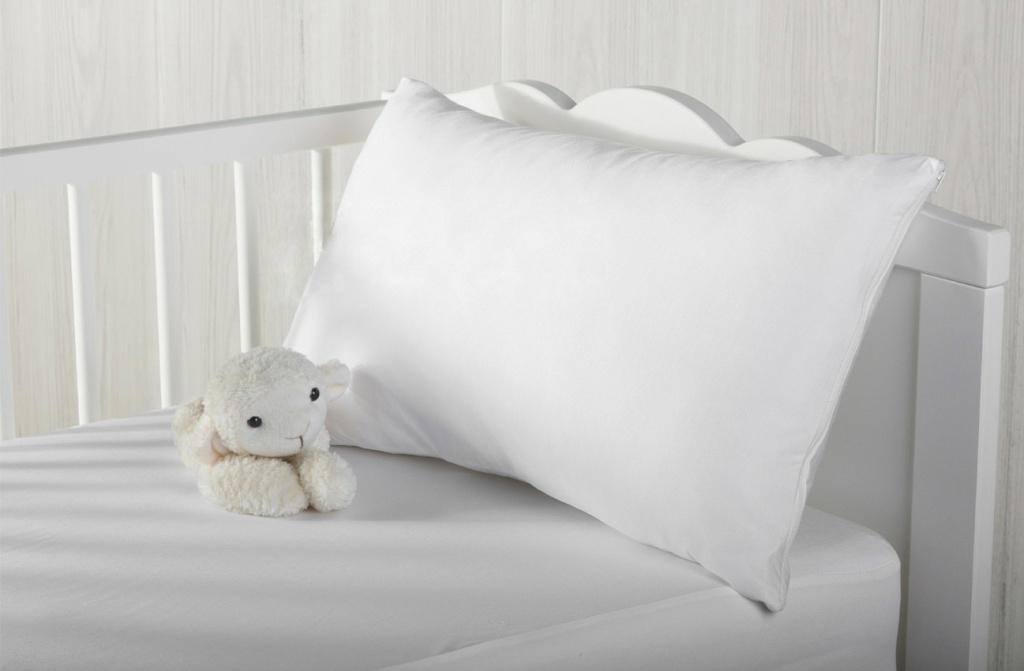
Children over 2–3 years old already need a pillow. It must be hypoallergenic, i.e. dust mites and other microorganisms, whose vital processes can lead to the development of:
-
Allergic reaction (skin rash, tearing eyes, runny nose, etc.)
-
Bronchial asthma is a disease of the respiratory tract, symptoms of which are shortness of breath, cough, chest pressure.
-
Atopic dermatitis, in which the rash and itching on the skin does not go away for a long time.
Dust mites do not start in synthetic and some natural materials, so they are most often used in the manufacture of baby pillows
The most popular fillers are:
Latex (natural) – considered one of the best materials. It is porous, breathable, resilient and durable. The service life of such a pillow can be 20 years.
-
Latex does not start fungi and dust mites, it maintains the correct position of the baby's head and neck and is absolutely safe for the baby. Some latex products are even machine washable. They can be used for both teenagers and children under 3 years old. Such fillers also have disadvantages. They are not suitable for babies with latex allergies and are expensive.
-
Sheep's wool. Like latex, this material is hypoallergenic. It has excellent thermoregulatory properties: the child is not hot on the pillow in summer and not cold in winter. The woolen filler also has disadvantages. It can cause an allergic reaction in some children. In addition, sheep's wool quickly rolls off and deteriorates.
-
Silk. Does not cause allergies in children and quickly adapts to the room temperature. It is comfortable to sleep on a silk pillow at any time of the year. The silk filler absorbs moisture well, so the child will not wake up sweaty. However, keep in mind that natural silk products are not cheap.
-
Buckwheat husk. These products are believed to have a positive impact on health by promoting child relaxation and sound sleep. They quickly take the shape of the sleeper's body. But many children refuse to sleep on such a pillow – it is hard and has a specific smell. In addition, products filled with buckwheat are difficult to wash and quickly deteriorate (after 2–4 years of use).
-
Synthetic materials (holofiber, sintepon, ecofiber) are durable and hypoallergenic. They keep their shape perfectly and are easy to wash. Their service life can be 10 years.
-
Down and feather. Not recommended for use both for small children and for children 5-6 years old. Pillows with such a filler are soft, do not keep their shape well, it is difficult to take care of them, and most importantly, they often cause allergies, as dust mites get in them.
What else to look for when buying
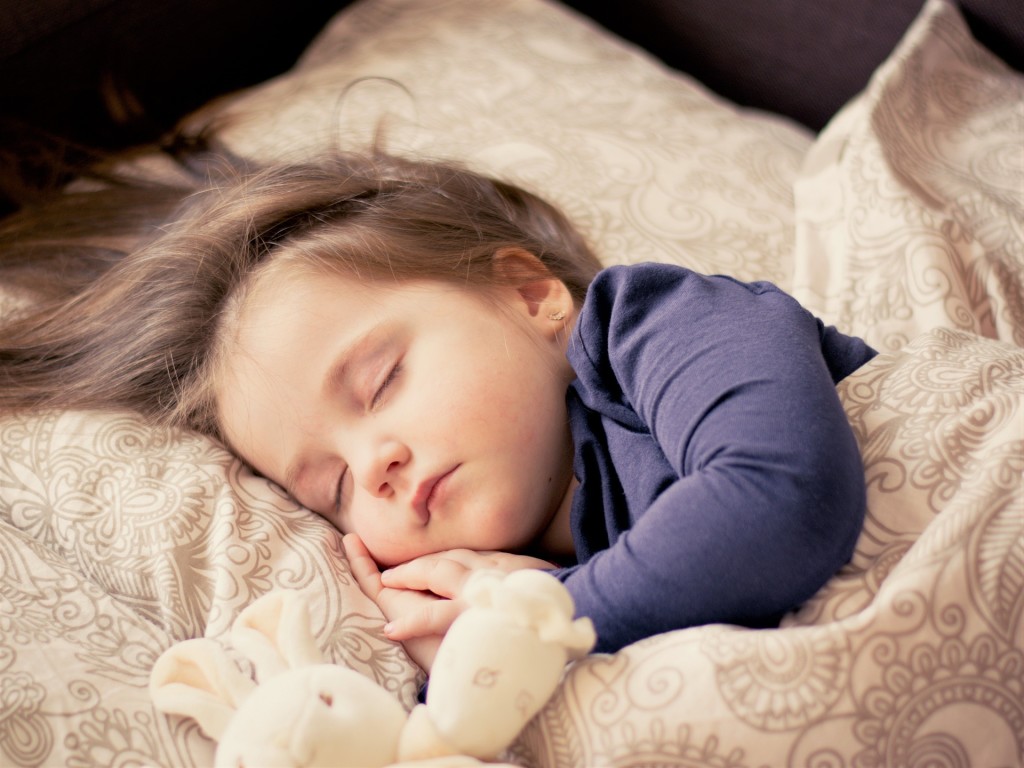
The size
As a rule, the sizes of pillows for children are 40×60 and 50×70 cm – they correspond to the sizes of standard pillowcases and cribs. In this case, the width of the pillows for the smallest should match the distance between the baby's shoulder and his ear.
Orthopedic products can be of different sizes and shapes. Some of them have height adjustment. This allows the pillows to grow with the baby (for example, from 5 cm to 13 cm) and can last much longer.
Case
A baby pillow cover should be made of natural materials, ideally cotton. Cotton fabrics do not cause allergies in the baby, do not electrify, and do not get dust mites in them. In addition, they prevent the development of prickly heat – a skin rash caused by excessive sweating and overheating. If the baby's delicate skin comes into contact with synthetic fabrics, this can negatively affect his health.
Choose a removable cover – this will facilitate the care of the product and allow you to check the condition of the filler.
Material safety
Only safe materials should be used in the production of pillows. Therefore, you cannot buy goods at very low prices – the low cost may be associated with the use of low-quality fabrics and toxic dyes. Also, before buying, you should familiarize yourself with the quality certificates for products.
!
In the following articles, our experts will tell you how to choose the right mattress for a crib, the secrets of choosing a crib for your baby and practical advice on choosing a mobile for a crib.
Attention! This material is the subjective opinion of the authors of the project and is not a purchase guide.

